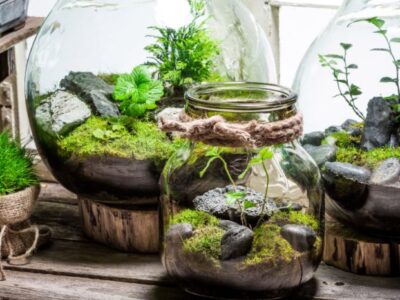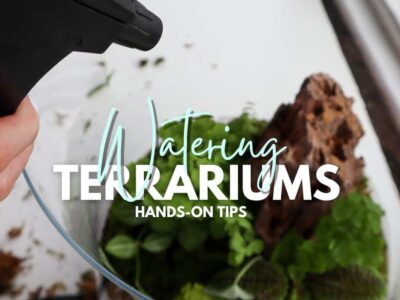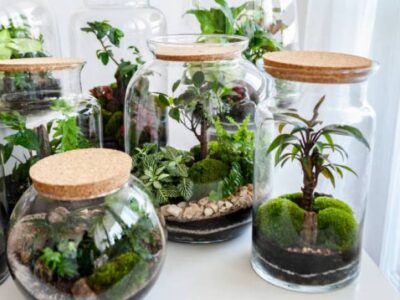If you need a plant to add some life into your home, but do not have the time or energy to take care of it properly, consider purchasing a Palmera houseplant.
These plants are easy to care for and can grow in just about any room in your home. Keep reading this blog post for helpful tips and tricks on how to keep your Palmera healthy and happy!
What is a Palmera House Plant?
Palmera House Plant – A houseplant native to South America and Brazil, a Palmera is an indoor plant with a history of its leaves being used as tea. The plant grows in bright light, including natural sunlight or artificial lamps.
Palmira’s make terrific office plants because they usually prefer low levels of light and can be easily relocated from one spot to another with little root disturbance required. In particular, the variety known as Iron Cross has been shown to help reduce symptoms associated with chronic fatigue syndrome (CFS).
Likewise, the majority of Palmeras thrive best when watered only when necessary and are otherwise allowed to dry out between watering. This helps them grow healthier without much attention from their caretakers!
Palmeras prefer to be in a cool room and will thrive when exposed to cooler ambient climates. If you are looking for an easy houseplant that can grow just about anywhere, the Palmera is the plant for you!
How Much Light Does a Palmera Plant Need?
Palmera plants need bright light, but not direct sunlight. This means that they should be placed near a window where they can receive at least four hours of sunlight throughout the day. Palmetto House Plants also do just fine in artificial lights and will grow well in offices or other spaces without any windows.
Where to Place the Plant in Your Home
Palmeras prefer to be in a cool room and will thrive when exposed to cooler ambient climates. If you are looking for an easy houseplant that can grow just about anywhere, the Palmera is the plant for you!
When To Fertilize the Palmera Plant
In general, Palmera plants do not require fertilization. However, if you have a plant that is showing signs of stunted growth or discoloration and the leaves are starting to fall off more than usual, then it may be time for some extra TLC in the form of a standard houseplant fertilizer (such as Miracle Gro aerogarden ultra led).
How to Water the Palmera Plants
As previously mentioned, Palmera plants enjoy being watered only when it is necessary. This means that they should be soaked in a bowl of water or under an outdoor faucet for about 15 minutes and then allowed to dry out between watering sessions. If you like the way your plant looks while moist, feel free to mist them with plain water on occasion.
Why You Shouldn’t Overwater or Underwater Your Plants
One of the most common mistakes people make when caring for their plants is either under or over-watering them. This can lead to issues such as root rot and/or leaf drop which will ultimately kill your plant!
Ideally, you should only water your Palmera once every three days unless it has not been watered in four days (in this case, the moisture level in its potting soil should be checked). If you have a very dry room or it has been raining outside for several days straight and your plant is wilted or drooping excessively, then it may need to be watered more often.
How To Propagate a Palmera Houseplant?
If you find a stem that is growing in the soil, it can be replanted elsewhere. If the plant stems are growing above the soil, they will need to be removed before you can place them in the soil.
Plant Care Tips
- Palmera plants are very easy to care for and will thrive in most environments, including your home. If you want a houseplant that requires little attention from you but still looks great, then this is the plant for you!
- The Palmera does best when planted near an east-facing window where it can receive at least four hours of sunlight per day. Even though they can also thrive when planted in artificial lights, this is best avoided as it will cause them to become leggy and the leaves will turn a yellow/green color.
- Palmeras require water infrequently (only once every three days) unless there are signs that their soil is too dry (such as drooping or wilted leaves). If your plant is in a room that does not experience much humidity, then it will need water more often.
- Frequent fertilization can cause Palmeras to grow too fast and lose their natural shape. Therefore, you should only fertilize once every three months at most. Palmeras should only have fertilizer that is high in nitrogen (such as Miracle-Gro) for very infrequent use but do not fertilize more than once every three months and avoid using a fertilizer high in nitrogen. Nitrates can cause leaf drop, so be sure to use a water-soluble (rather than granular) variety if you do decide to fertilize!
- Palmera plants are susceptible to spider mites and scale insects. Both can be prevented by providing a humid environment or applying insecticidal soap, respectively.
- If you see a lot of ants around your plant, it may be because they are attracted to the sugar present in its soil.
Conclusion
Now that you know how to care for your Palmera house plant, it is time to get started. Remember these tips and tricks so you can keep enjoying the beautiful colors of this easy-to-care-for plant.
We hope these simple instructions help make caring for a Palmera houseplant easier than ever! Make sure and share on social media sites with friends! And feel free to make comments below. Stay tuned for future blog posts coming soon!










Comments